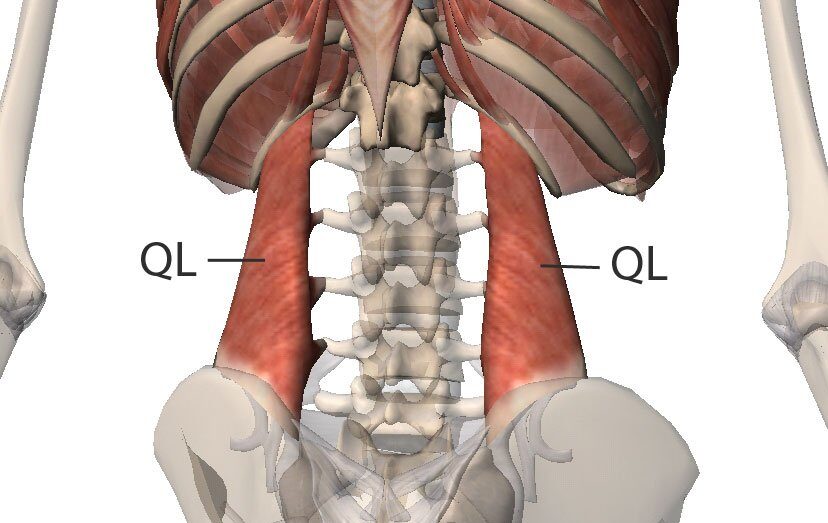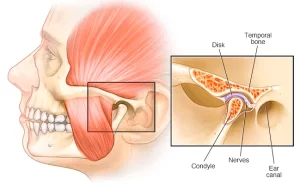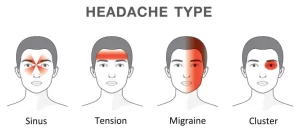The Quadratus Lumborum (QL) is the deepest abdominal muscle. It is located in the lower back on either side of the lumbar spine. It starts at the lowest rib and ends at the top of the pelvis. It is common to have pain in that area because this muscle is heavily used when sitting, standing, and walking. The Quadratus Lumborum (QL) muscle is one of the prime sources of Lower Back Pain and can affect your physical well-being.
Pain in the Quadratus Lumborum (QL) is usually due to overuse, stress, and strain, especially when they are weak or too tight.
Causes of Quadratus Lumborum (QL) pain may include:
– Activities such as sitting for long periods of time can reduce blood flow to the QL muscle and surrounding areas.
– Pain can also result from repetitive motions and weak back muscles, which lead to poor posture.
– Unequal leg lengths.
Symptoms of Quadratus Lumborum (QL) pain may include:
– Tightness and discomfort in the lower back region.
– Pain is often described as deep aching pain, but may also be felt as sharp and acute.
– Pain may become worse with movement. Walking, standing, and rolling over in bed may aggravate the pain.
– Sharp pain may also be felt when sneezing or coughing.
Physical therapy is helpful in treating Quadratus Lumborum (QL) Pain. Treatment will focus on reducing muscle tightness and increasing blood flow to the area. Apart from manual therapy, Cryotherapy to decrease inflammation, and heat therapy to increase blood flow may be incorporated in the treatment. As treatment progresses, personalised stretches to prevent the Quadratus Lumborum (QL) muscles from becoming too tight will also be prescribed by your therapist. If in doubt, seek professional advice.
Check out our popular articles: Diastasis Recti, Tight Back Muscles, Irritable Bowel Syndrome (IBS), Temporomandibular Joint (TMJ) Dysfunction, Tennis Elbow, Wrist Tendon Injury, Sciatica, Whiplash, Hernia, Herniated Disc (Slipped Disc).




